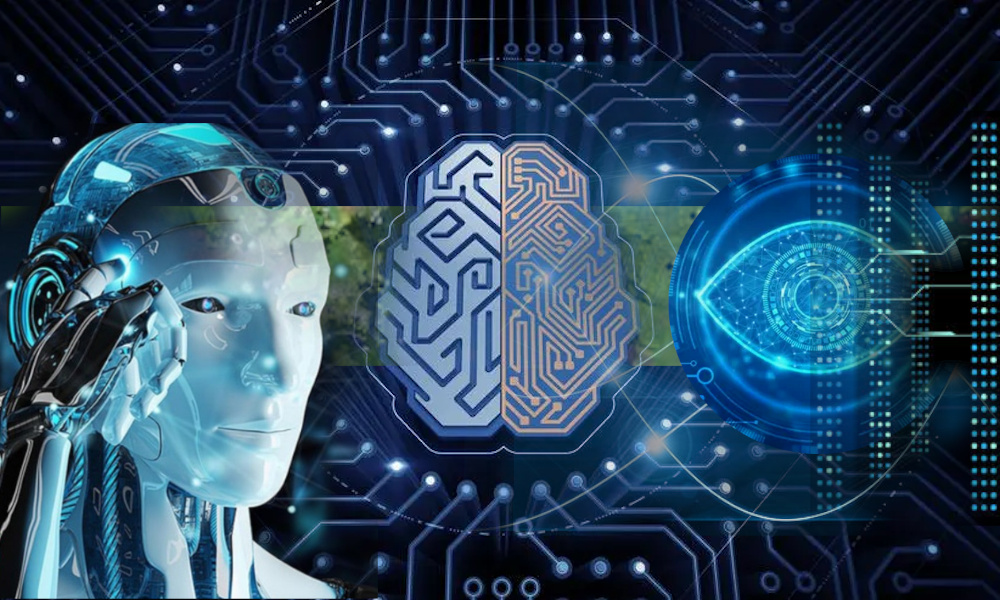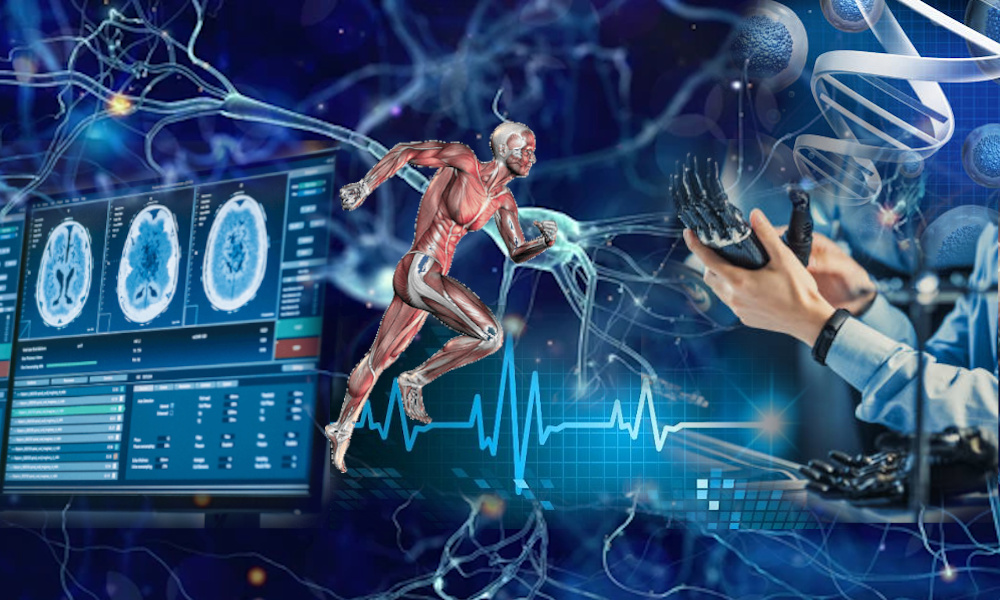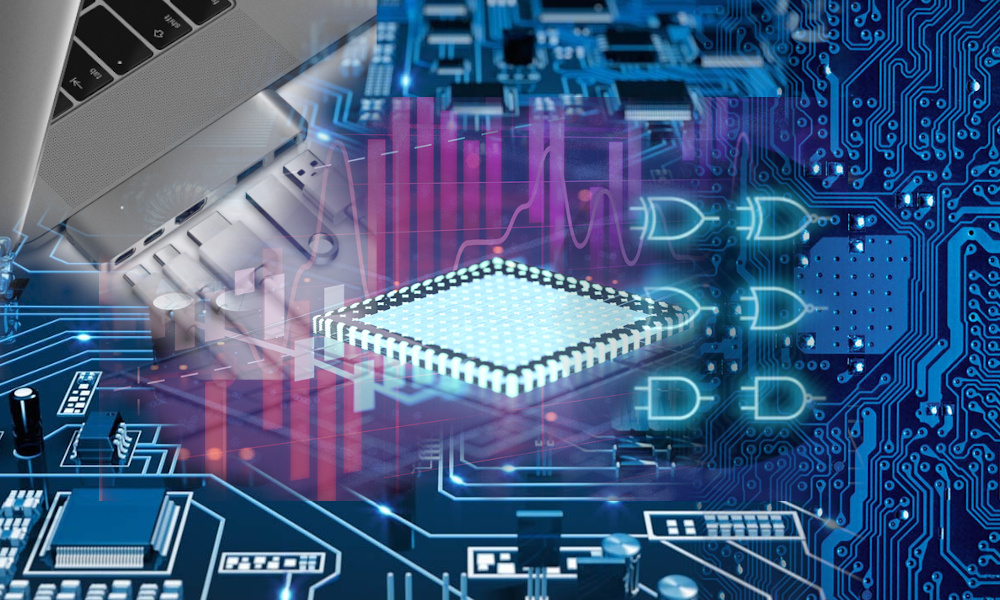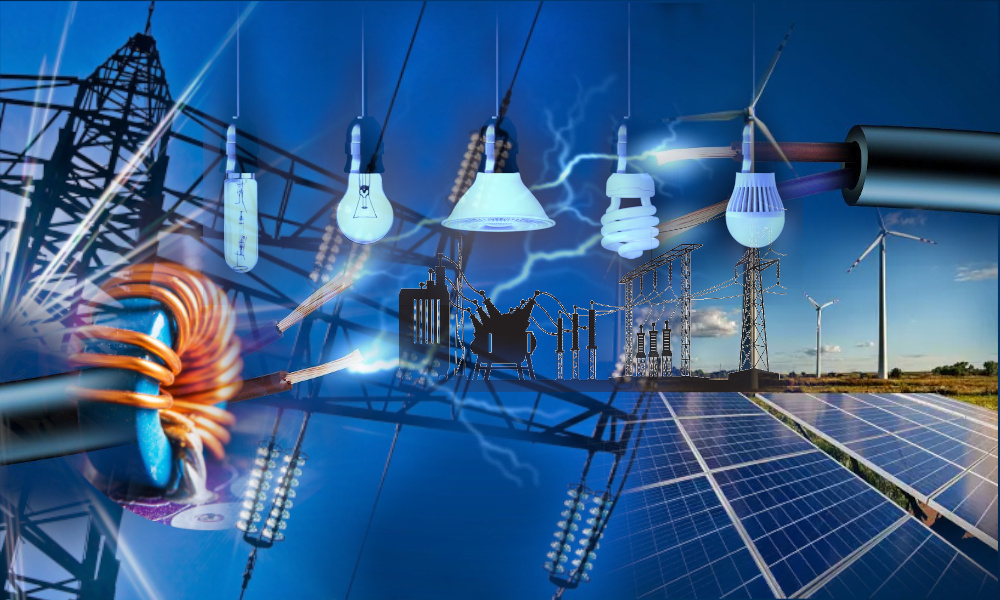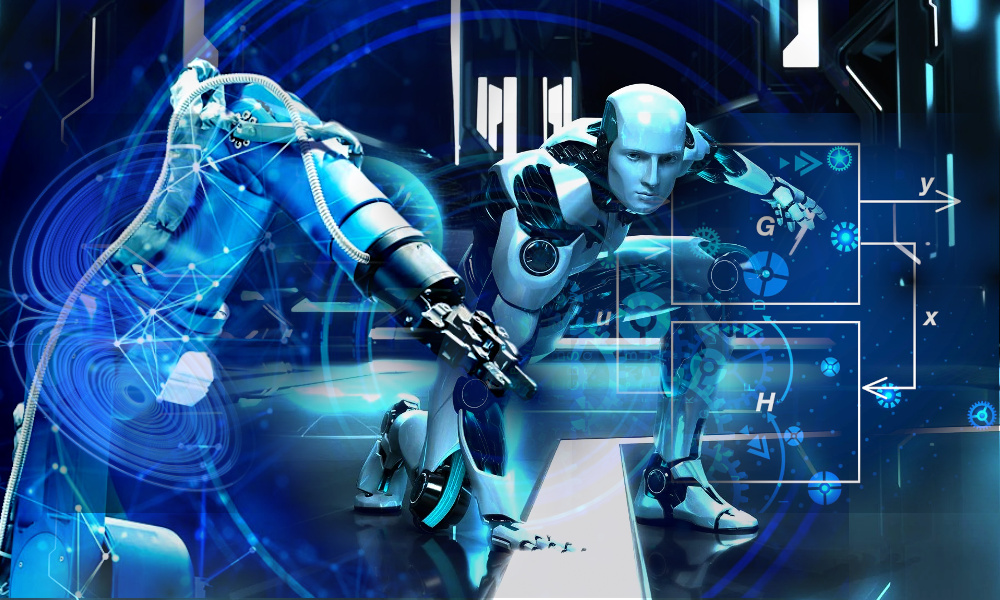Areas of Sub-Specialization
DEEE provides students with core course modules, technical electives, projects and other facilities in order them to specialize in one or more of the following undermentioned six sub-areas or -disciplines under the hood of Electrical and Electronic Engineering. The selection of the sub-discipline can be done according to the student’s passion or to match his/her skill set and should be in-line with his/her career planning process.
Artificial Intelligence and Signal Processing
In this sub-discipline, students will have the opportunity to learn topics in Artificial intelligence, Machine learning, Computer vision, Remote sensing, Signal and Image processing.
Biomedical Engineering
In this sub-discipline, students will have the opportunity to learn topics in Bio-electromagnetism, Bioinstrumentation, Biomaterials, Biomechanics, Medical Imaging Systems and Signal processing.
Communication and Information Technology
In this sub-discipline, students will have the opportunity to learn topics in fundamentals of analog and digital communication, data and computer networks, electromagnetism, antennas and propagation, microwave techniques and wireless communication.
Electronics and Instrumentation
In this sub-discipline, students will have the opportunity to learn topics in Electronic devices, analysis and design of electronic circuits, digital logic systems, microprocessors, peripheral interfacing, digital system synthesis, VLSI design, etc.
Power, Energy and High Voltage Engineering
In this sub-discipline, students will have the opportunity to learn Electric power, Energy, Generation, Transmission and Distribution, Power systems, System stability, Protection, High voltage phenomena, Insulators, breakdown scenarios, etc.
Robotics, Control and Automation
In this sub-discipline, students will have the opportunity to learn classical and modern control theory, discrete time control systems, theory of estimators, system identification, nonlinear control, real-time systems, industrial manipulators and automation, mobile robots, and dynamics, etc.



